Mountain Hare Square Surveys
Thank you for your interest in the Volunteer Mountain Hare Survey. If you would be willing to contribute further, please consider carrying out Square Surveys – details below. These also use the Mammal Mapper app or paper recording sheets, but rather than recording wildlife for the duration of your upland walk, you'll carry out focused surveys in specific 1 km squares.

Compared to other areas of Britain, less is known about the wildlife of Scotland’s Highlands because this area is more remote. This is why, whether a hillwalker, experienced naturalist, or someone with a more general interest in wildlife, your help with recording Mountain Hares and upland birds is so vital.
Mountain Hare Square Surveys are one of the two main ways of participating in this survey, the other being Rambling Surveys. Rambling Surveys can be carried out on a walk in the Scottish uplands, Highlands and islands, simply by switching on the app and starting recording, or by using the dedicated Rambling survey recording sheet.
Square Surveys involve a more structured visit to 1 km squares of your choosing, and will provide us with particularly valuable information.
Please note: our online sign-up system for the Volunteer Mountain Hare Survey is currently unavailable due to technical issues. We are working to resolve this as soon as possible. In the meantime, please contact vmhs@bto.org if you would like to get involved, before taking part in a Square Survey.
Selecting a square
Please note: our online sign-up system for the Volunteer Mountain Hare Survey is currently unavailable due to technical issues. We are working to resolve this as soon as possible. In the meantime, please contact vmhs@bto.org if you would like to get involved, before taking part in a Square Survey.
All data collected during Square Surveys are valuable, but the map indicates where we most need surveys to carried out. When zoomed out, the depth of blue shading shows how many surveys have already been booked in an area. Surveys are most needed in unshaded areas, where no surveys have been booked yet. Once zoomed in, you’ll be able to choose individual 1 km squares in which to carry out your survey. The highest priority 1 km squares have red borders. Please sign up to one (or more) of these squares if you can.
If you double-click on a 1 km square then this will bring up a dialogue box containing a link to an Ordnance Survey map. This may be helpful for checking terrain and access. When you find a square you want to sign up to, you can do this by entering your details in this box. If you have registered to use Mammal Mapper, please enter the email address that is linked to your Mammal Mapper account (i.e. the one you signed up with on your smartphone). If you will be using the paper recording forms, please just enter a valid email address in case we need to get in touch with you.
Once you have selected a square you will be asked which birds you feel confident to include in your survey. It’s fine if you only want to record a handful of species. If you sign up to more squares in the future, then you’ll be able to edit your recording preferences.
After completing these registration steps you will receive an automated confirmation email with a link to an Ordnance Survey map of the square.
Planning a Square Survey
If possible, please record the Mountain Hares and upland birds that you see while walking two transects (lines) across your square. The ‘ideal’ arrangement is illustrated below, and consists of two transect lines which are:
- roughly straight
- 1 km long
- parallel to the edges of the square (i.e. aligned north-south or east-west)
- separated from the other transect by 400-500m
- separated from the parallel edges of the square by about 250m

However, we recognise that in many 1 km squares it will not be practical or safe to walk ‘ideal’ transects, in which case please walk one or two roughly linear transects through suitable habitat, covering as much of the square as possible with transects separated by at least 200 m and (for the most part) keeping 100 m or more from the edges of the square. This may mean that one or more of your transects is shorter than 1 km, and that’s fine.
You should avoid sharp changes of direction (‘doglegs’) as they make it difficult to avoid double-counting. If, for reasons of safety or practicality, you need to briefly enter an adjoining square (e.g. to avoid a cliff edge or skirt round a loch) then that’s okay, but please re-enter the main square as soon as possible, and keep surveying near the edge of the square to a minimum. You’re unlikely to see Mountain Hares in dense woodland or built-up areas so it’s fine to avoid these areas. You should avoid major paths/tracks if you can, as you’re more likely to see Mountain Hares in less disturbed areas.
Carrying out a Square Survey
If you will be using the Mammal Mapper app on your phone, before setting out to do your survey ensure that the app is downloaded onto your phone and you have completed the initial registration steps. When starting your survey in the app, select 'Conducting Volunteer Mountain Hare Survey' in the app settings (App home page > More > Settings). It may be a good idea to try out the app before using it for the survey, either at home or locally to you, but make sure that you delete rather than submit the survey if the observations aren’t real. If you are carrying out a survey using the paper recording forms, make sure you have printed out the Square survey recording sheet and as many overflow sheets that you may need.
You can carry out surveys at any time of day and in any month of the year. Mountain Hares are crepuscular (more active at dawn and dusk), so you’re most likely to see them early or late in the day, but if you’d prefer to do your surveys at other times that’s okay. Birds are typically most active and ‘detectable’ in the early morning, though this is less critical in the uplands than the lowlands.
You may need to use an Ordnance Survey map, GPS or navigation app to reach your chosen 1 km square. Users of the Mammal Mapper app about to start the first transect of their survey should ensure that 'loaction (GPS) is enabled on the device running Mammal Mapper (see the FAQs if you have problems with your GPS turning off). Then click ‘Start Survey’ in the app. Be sure to set the Survey ID to HARE_SQUARE and then you’re ready. If you don’t see these options, make sure that you have enabled the Volunteer Mountain Hare Survey in ‘Settings’. If you are using the paper recording sheets, ensure that you fill in the top level information (your name, email address, date, 6-figure grid reference for the square and weather details), then enter the start time and 12-figure grid reference (or what3words locations) at the top of the first transect column.
Please walk at a steady pace along your survey transect line, recording all of the target species that you encounter. You can record all mammals and up to 23 upland bird species (please record all birds of the species that you selected when you signed up for the square). The ‘ID Guide’ section of the app may be helpful if you’re uncertain about any of these. For each observation recorded in the app, you’re asked to estimate how far away the animals were, and for their approximate direction relative to the transect line that you are walking along. View more detailed instructions on using the Mammal Mapper app. . For the paper survey recording sheets, just record the distance of the bird or mammal at 90 degrees from the survey route. Feel free to have a practice before you head into the hills – remember that you can use it to do a Rambling Survey (Survey ID “HARE_RAMBLE”) whenever and wherever you like.
At the end of your first transect, users of the Mammal Mapper app should press the ‘FINISH’ button in the bottom-right corner of the screen to stop recording. On the paper recording forms please fill in the end of transect 12-figure grid reference (or what3words location) and the end time. You can then take your time to walk to the start of the second transect. Remember to start a new survey in the Mammal Mapper app, or to fill in the details for the transect start location and time in the second transect column on the paper recording sheets, before you set off on the second transect. Ensure you have filled in the details at the top of any overflow paper recording sheets you use.
At the end of your second transect, remember to press ‘Finish’ in the Mammal Mapper app, or to fill in the end location and time details in the paper recording sheets. If you have good internet reception, you can submit your survey on the Mammal Mapper app straight away. If not, or you would rather submit at home in order to avoid incurring mobile data charges, you can just save and exit, and submit the survey results when you are back at home. You can either photograph or scan your paper recording forms and email them to vmhs@bto.org, or post them to VMHS, BTO Scotland, Beta Centre, Stirling University Innovation Park, FK9 4NF.
You may choose to use the app in ‘Rambling Survey’ mode to record wildlife sightings on your walk to or from your Square Survey, or use the separate rambling survey recording sheets. We’d be delighted if you choose to do this (select survey code “HARE_RAMBLE” in the app). Be sure to start a ‘new survey’ for these periods. It’s important that “HARE_SQUARE” is only running while you are carrying out your Square Survey.
Tell us the date of your visit
When you get home, please use the link that you’ll receive in your confirmation email to tell us what date you carried out your survey. This lets us know that your survey visit has been completed, and will help us to match the data collected in Mammal Mapper or in the paper recording sheets with your square selection and bird identification preferences.
Land access and safety
There is generally no legal requirement to ask for permission before accessing Scotland’s wild places, but surveyors should be considerate of the people who live and work on the land. Read guidance for volunteers about how to approach access in Scotland responsibly. You may also find it helpful to take a letter with you that has been written to introduce the survey, and the part that you are playing in it. A link to access this letter will be sent to you on booking a 1 km square to carry out a Square Survey. We encourage you to print out a copy of the letter to take with you, so you can show it to anyone you meet who is curious to know what you are doing.
As with any outdoor activities you should be aware of the risks. You are responsible for your own health and safety. You may find our health and safety advice for volunteer fieldworkers useful.
Frequently Asked Questions
How have you decided which are higher and lower priority 10 km and 1 km squares?
The blue shading on zoomed out map views indicates which 10 x 10 km areas have already received offers of survey visits. Unshaded areas, where no surveys have yet been offered, are where we particularly need information to give us a clearer picture of the Mountain Hare population throughout Scotland. Within each 10-km square, some 1 km squares (with red borders) have been picked at random. These high priority squares can be considered unbiased and representative of the wider landscape, because they haven't been chosen due to other factors such as ease of access or attractiveness of the habitat. This makes information from these squares particularly valuable for our analyses. You can also choose to carry out surveys in other 1 km squares. The next-most useful squares that you could cover are the ones that have not yet been ‘taken’ (i.e. ones where no one has offered to do survey visit yet). 1 km squares that have already been taken are shaded dark grey. However, surveys to any square will be valuable.
Do you still want information from lower priority squares?
Yes please. All data are valuable. By indicating higher and lower priority areas and squares, we’re encouraging participants to carry out surveys in areas where their information will be particularly valuable. However, visits to ‘lower priority’ squares will still be useful to us - all of the data that we receive will be used for distribution mapping and in other analyses.
You may also find the wider Mountain Hare Survey FAQ useful.


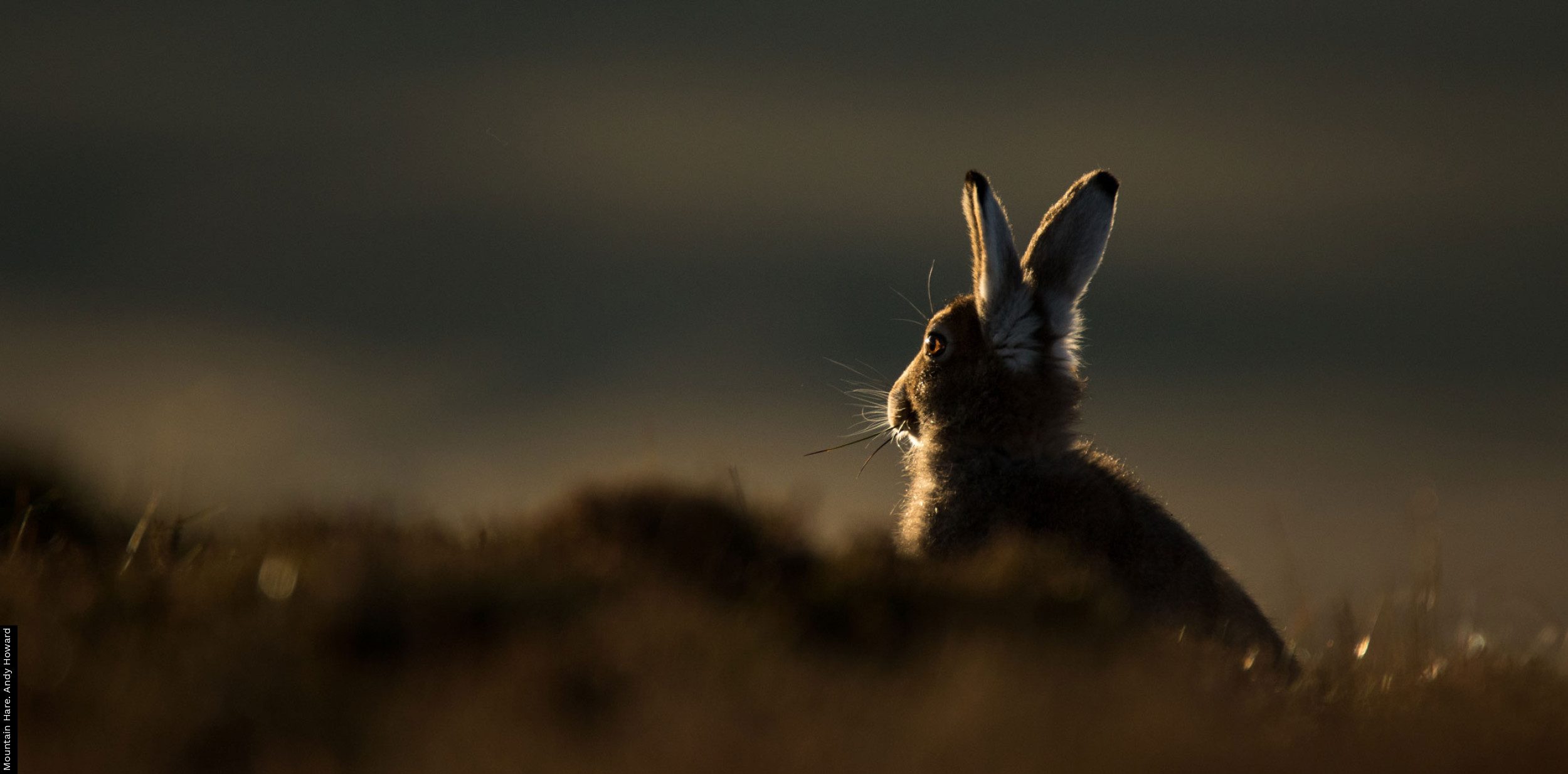

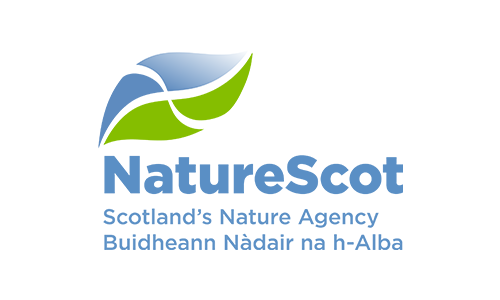
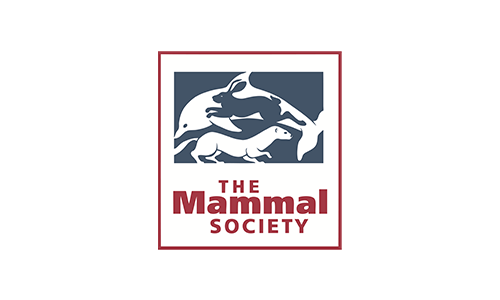
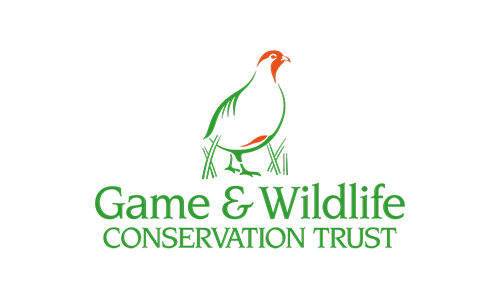


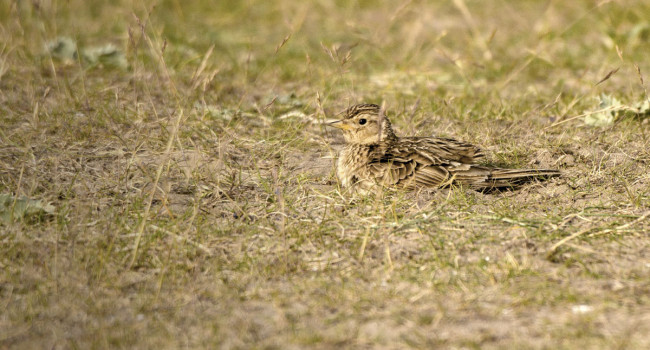

Share this page